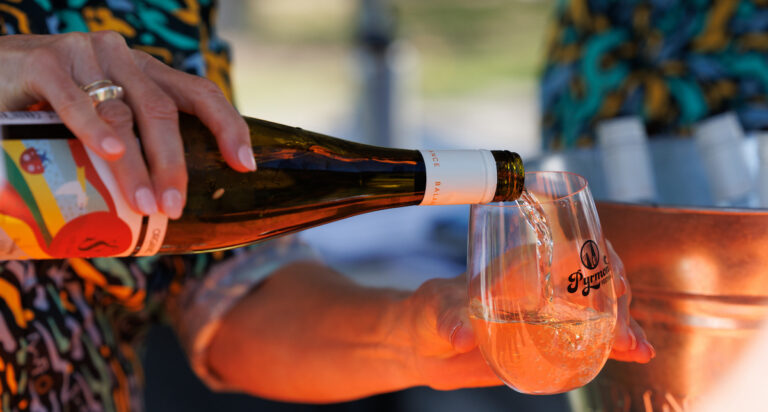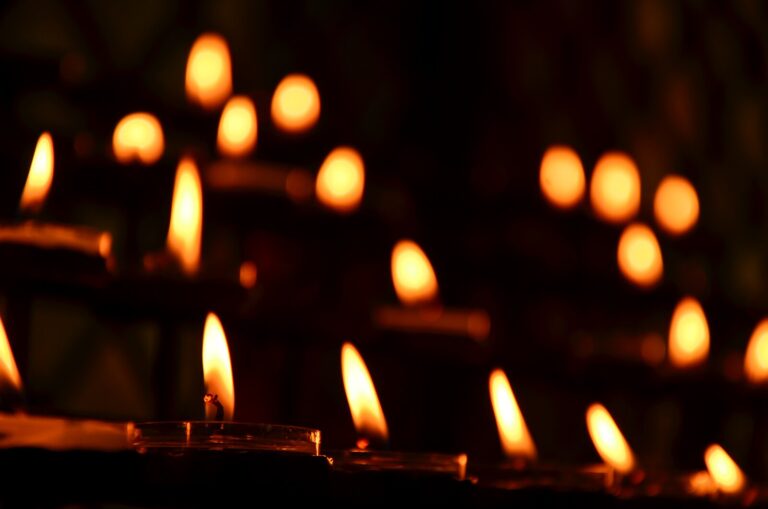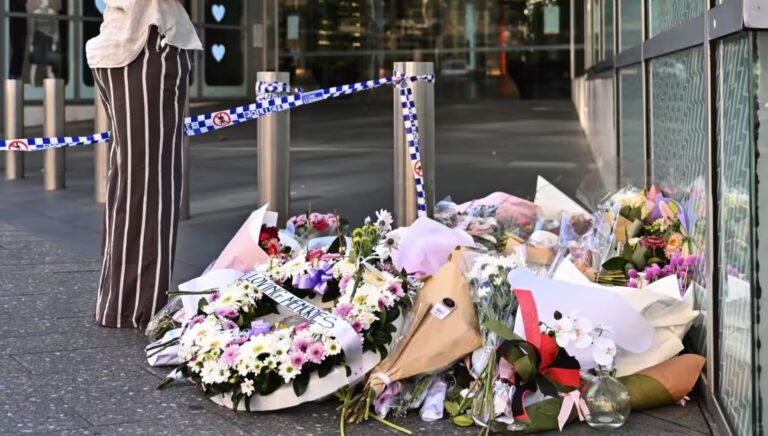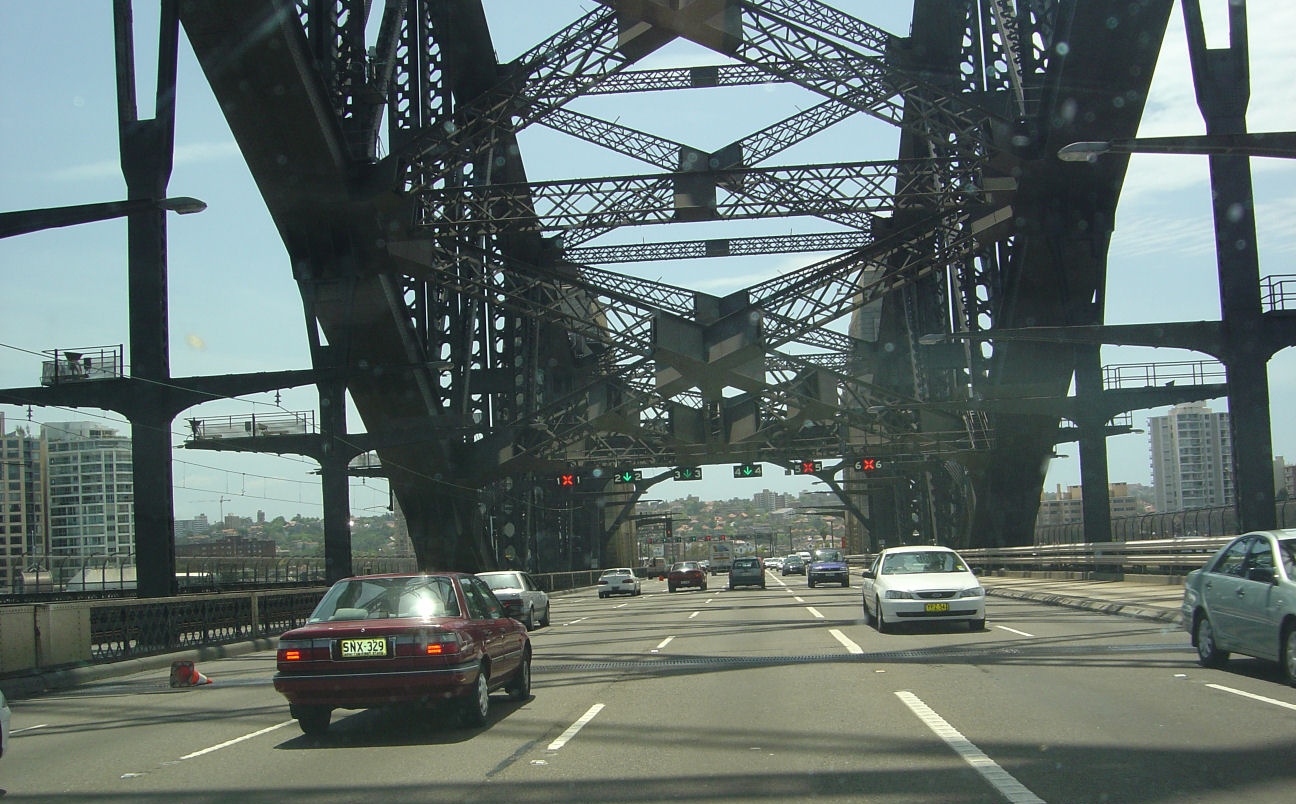
Telling Her-Story
By Rita Bratovich
The recent documentary film, Be Natural: The Untold Story Of Alice Guy-Blache, details the forgotten achievements of a French female filmmaker who was at the forefront of the burgeoning industry in Europe. Celebrated at the time as a creative pioneer and entrepreneur, Guy-Blache was effectively written out of the history books and relegated to obscurity by a society that couldn’t accept a successful woman. Pamela B Green’s documentary will go some way to rectifying this, but it’s not an isolated story. Women’s achievements have – and continue to be – undervalued in almost every field of endeavour. Hidden within Australian archives are tales of women who broke their societal restraints and proved that you don’t need a Y chromosome to do great things. The National Film and Sound Archive (NFSA) collects and preserves historical materials related to Australia’s radio, TV, and film industry. Tara Marynowsky, Curator Film Documents and Artefacts at NFSA, recently helped restore a 1930 silent film called The Cheaters made by the McDonagh sisters, three pioneering siblings in the early days of the local industry.
“They had a really great name for themselves and I think because they were women, that had an impact as well,” says Marynowsky. The McDonaghs made four feature films and a number of documentaries, much of which has been lost. Their first feature, Those Who Love (1926) was “a really great success at the time”, according to the Marynowsky, but only four minutes of it has survived. The sisters were very hands-on, involved in all aspects of film making and entirely self-taught.
“They would go and see the same movie three times in one day and study them,” says Marynowsky.
There was interest from Hollywood for the sisters to go work there but they were more interested in creative freedom, autonomy, and telling Australian stories and declined the invitation.
The McDonagh family was wealthy and well-connected, with dignitaries, celebrities, and theatre people frequenting their impressive Drummoyne mansion. The house worked well as a set and there was a pool of actors willing to be cast.
“They were quite Sydney-centric – they captured a lot of the society at the time,” says Marynowsky. “They had a real sense of style and energy about them. I wonder how much that got squashed down eventually.”
Their career was short, but the McDonagh sisters undeniably made an impact on the Australian film industry. Yet, Marynowsky has read comments from male directors dismissing the McDonagh’s films. The Cheaters screened at this year’s Sydney Film Festival and the McDonagh family continues to promote the work of the pioneering sisters.
The name Crawford is like punctuation in the Australian television industry. Crawford Productions created iconic TV shows from the 1960s through 80s including Division 4, Matlock Police, Homicide, The Sullivans, The Flying Doctors, The Box, and more. Most people know of Hector Crawford as the founder, but few are aware of his co-founding sister, Dorothy.
“I think she was an important producer. She and her brother had an amazing partnership and an incredible company. She was ahead of her time,” says Maryanne Doyle, Radio Archivist at NFSA. The Crawfords founded their company in 1945 when radio was the dominant entertainment medium. They learned on the go, with Dorothy being particularly astute in technical and creative aspects of radio production.
“She was able to time scripts exactly. She really knew what she was expecting from the actors. Preparation to her was really important,” explains Doyle. Renowned for being meticulous and demanding, Dorothy was respected among peers and Crawfords was highly regarded for the quality of its work. Their 1946 series on Dame Nellie Melba received popular and critical acclaim.
“I think that’s what Dorothy was aiming for. She didn’t want to dumb things down,” says Doyle.
Though her brother, Hector, was known to be dominating, Dorothy definitely held her own in the company, and it was no easy feat.
“There certainly were people who didn’t necessarily support women working in the business,” explains Doyle.
Crawfords was one of the few companies that successfully transitioned from radio to the new medium of television, but unfortunately, Dorothy acquired Parkinson’s Disease at around the same time. She continued to work but not at the same level, hence Hector Crawford became the better-known sibling.
“If she had stayed well, perhaps that would have been different,” Doyle reflects.
During the early 1900s, the circus was extremely popular and circus stars were like rock stars. Among the most celebrated was a diminutive girl from Bundaberg, Queensland called May Wirth, billed as “the greatest bareback rider of all time.”
“People who saw her perform certainly thought she was amazing,” says Margot Riley, Curator at State Library of NSW. Bareback riding was not really performed by women, so that alone made Wirth exceptional. She was taught to flip-flap (a type of somersault) by her father. When she was seven years old, her parents divorced and she was adopted by Mary ‘Marizles’ Wirth, a member of the prestigious Wirth Circus family. Here, May Wirth learned contortion, acrobatics, and tightrope, as well as equestrian skills, and by age 10 she was performing incredible stunts on top of bareback ponies. She travelled to America and Europe, appearing in Ringling Bros and Barnum & Bailey circuses and vaudeville theatres. In 1964, Wirth was inducted into the Circus Hall Of Fame in America. More recently, two inspirational children’s books have been written about her with a ‘girls can do anything’ theme.
“It’s a really positive message to be promoting to young girls,” says Riley. “From an Australian perspective, it would be fabulous if we could promote a lot more stories about Australians that have done incredible things – and there are so many of them.”
The Jessie Street National Women’s Library is named after an extraordinary female figure in the realm of human rights, feminism, and international diplomacy. Jessie Street was born in 1889 and during a conference celebrating the centenary of her birth, a suggestion was made to create a women’s library which was consequently dedicated in her honour.
“We are in ourselves an example of a need – no one would ever think of having a men’s library,” says Jan Burnswoods, volunteer at the library. The suggestion for a women’s library resulted from people expressing frustration around researching women and women’s issues. With virtually no government funding and only volunteer staff, the library is proudly celebrating its 30th anniversary this year.
Street deserves to be better known. Throughout her life, she was an active feminist in a challenging environment.
“Jessie Street was involved in equal rights and equal pay campaigns in the 1930s, and you think, what an uphill battle to be doing something like that 90 years ago,” says Burnswoods.
A vigorous human rights campaigner, she was the only female Australian delegate at the inaugural United Nations conference in 1945. One of her greatest achievements is the instrumental role she played, alongside Faith Bandler, in the 1967 referendum to gain constitutional recognition of Aboriginals as citizens. Bandler perfectly sums up Street’s character in the following quote.
“She rang me up late one night […and said]: ‘You can’t get anywhere without a change in the Constitution and you can’t get that without a referendum. You’ll need a petition with 100,000 signatures. We’d better start on it at once.’ And we did. Jessie’s role in our movement was absolutely vital. And she never wanted honour and glory. She’d give ideas away and the credit along with them.”
And perhaps that goes some way to explaining why women are so often unsung heroes.
For more info on these, and many more, wonderful ladies head to the following:









